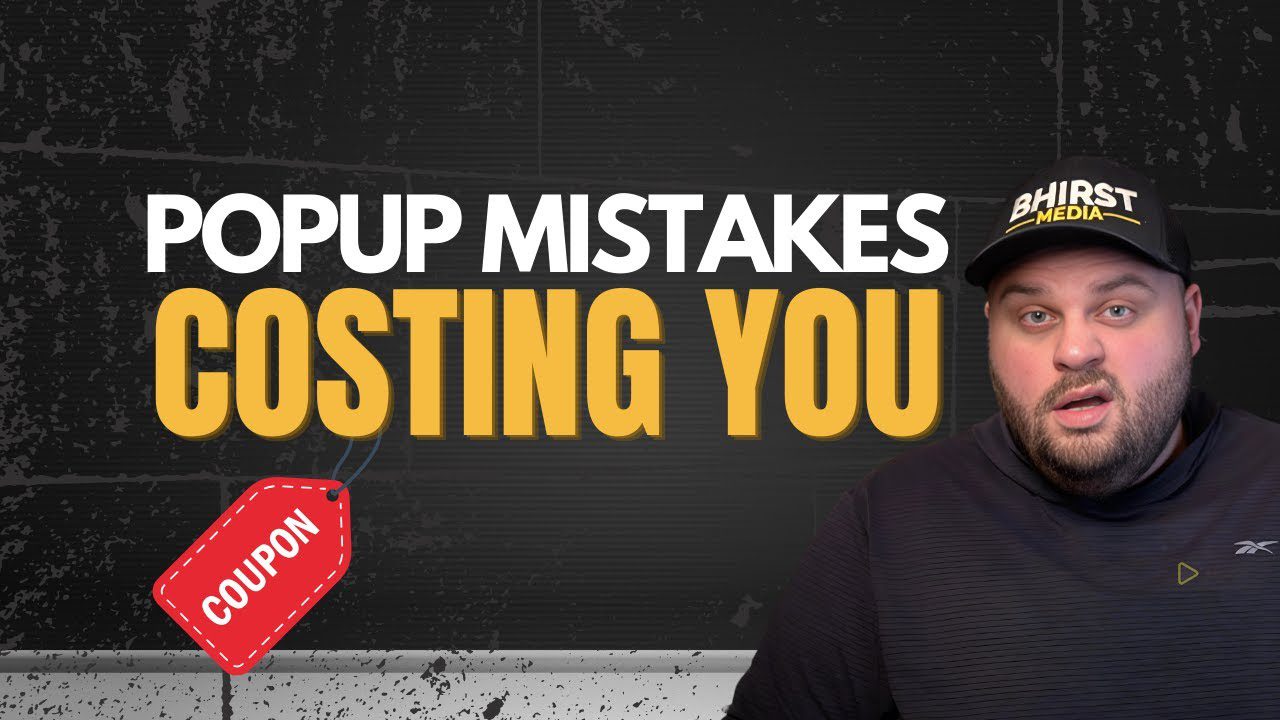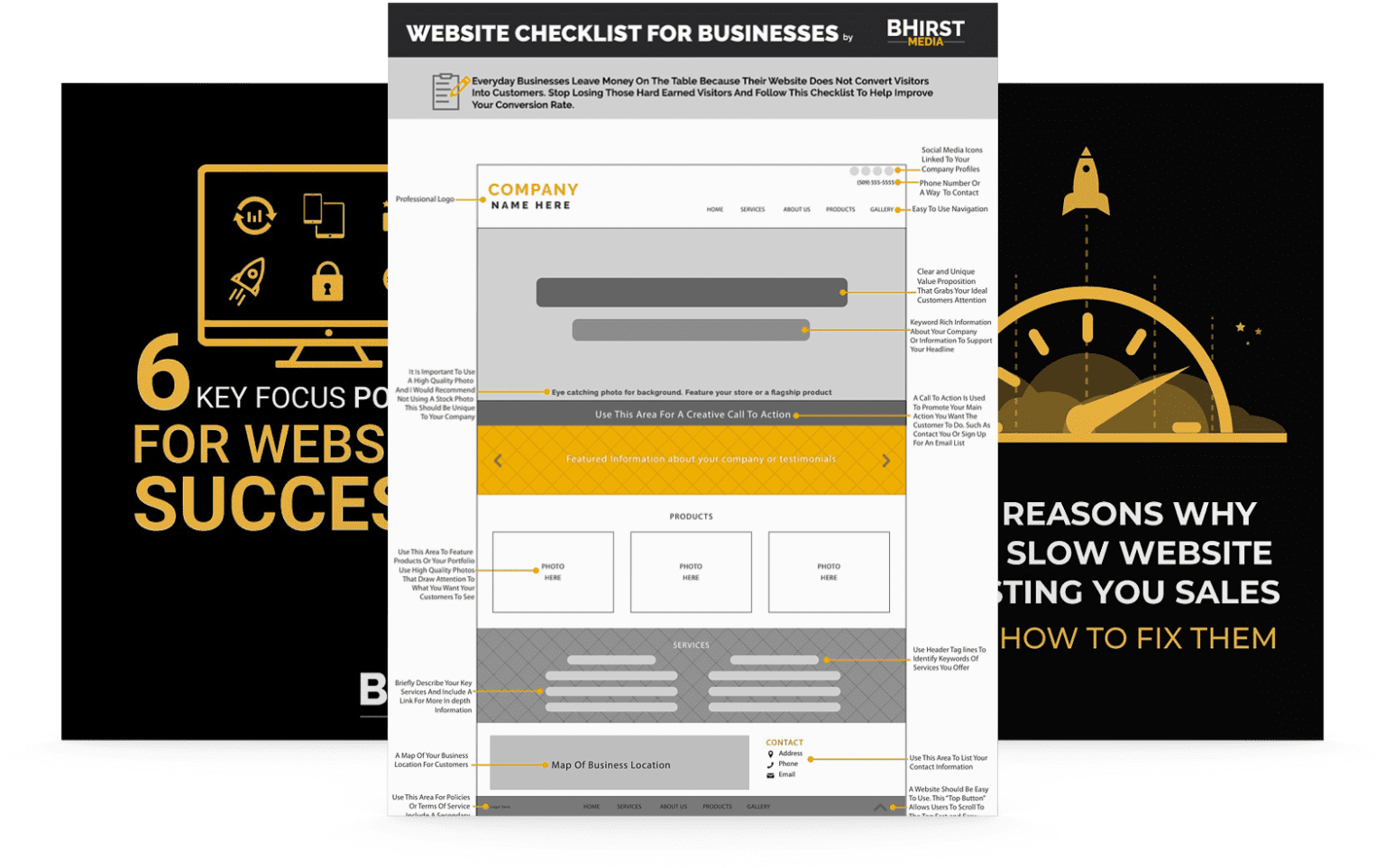
Timing and strategy are critical for a successful e-commerce coupon strategy. While many discussions center on discount sizes, this guide emphasizes the importance of timing offers to boost customer retention and strengthen loyalty. Below are the key takeaways to help you craft smarter and more effective coupon strategies that resonate with your customer base.
A well-timed and data-driven coupon strategy can do more than boost short-term sales; it strengthens long-term relationships, enhances perceived brand value, and maximizes customer lifetime value. Dive deeper to explore how optimizing the timing and structure of your offers can transform your retention strategy.
Did you know that coupons can do more than offer short-term sales boosts?
When timed and structured correctly, coupons can transform customer behavior, fostering loyalty and retention in ways that directly impact your bottom line. The effectiveness of a coupon strategy extends beyond immediate sales spikes; it influences customer perception, impacts long-term loyalty, and drives sustainable growth.
In this article, we’ll dive into the strategic timing of offers to understand how an e-commerce coupon strategy that focuses on retention can propel customer lifetime value far beyond what static discounts can achieve. We’ll explore:
Beyond e-commerce, these strategies can be adapted across various industries. For example, in the finance sector, personalized offers could include discounted rates on loans for loyal customers. In healthcare, coupons for wellness programs could incentivize preventive care.
Let’s explore how timing can be the key to strengthening customer relationships, enhancing brand value, and maximizing lifetime value.
Strategic timing of coupon distribution is pivotal in an e-commerce coupon strategy. Offering discounts at the wrong time can lead customers to perceive desperation rather than generosity, potentially harming brand equity. Instead, e-commerce businesses should align their coupon releases with the customer lifecycle stages for optimal impact.
For example, coupons released shortly after a customer’s first purchase can serve as a retention strategy, encouraging repeated engagement. These initial post-purchase coupons often lead to repeat purchases, with some businesses noting a 25% increase in customer longevity when this tactic is applied correctly.
The timing should also consider external factors like holidays, seasonal shopping trends, and competitor actions. For instance, launching coupons before major shopping events like Black Friday can capture early birds looking for a bargain. Here’s a strategy for timing:
This strategic approach to timing isn’t limited to e-commerce. Educational platforms can offer discounts on advanced courses during enrollment periods. Financial services can provide limited-time offers on investment packages to capitalize on market trends.
Understanding and aligning your coupon schedule with market and customer behavioral trends ensures both acquisition and retention benefits.

Personalized offers are at the heart of an effective e-commerce coupon strategy, transforming generic promos into powerful tools for customer retention. However, the benefits of personalization are universal and apply across numerous sectors.
The customization of coupons must go beyond mere personalization in email address fields; it involves tailoring offers based on customer behavior, purchase history, and engagement with your site. For instance, rather than a generic “10% off,” consider sending a coupon for “15% off your next purchase of outdoor gear” to a customer who recently browsed your outdoor equipment.
Marketers can use data to craft offers:
Expanding beyond e-commerce, consider how other industries can apply these strategies. Healthcare providers might offer personalized wellness plans based on patient health data. Educational institutions could provide tailored course recommendations based on a student’s academic history. Financial advisors can offer customized investment strategies based on risk profiles.
This personal touch not only fosters loyalty but also increases the perceived value of your brand, improving customer retention rates significantly.
When evaluating the effectiveness of your coupon strategy, several key metrics should be monitored to ensure alignment with business goals.
These metrics aren’t exclusive to e-commerce. In the healthcare sector, tracking patient engagement with wellness coupons can measure program success. Financial institutions can assess the ROI of promotional offers on new accounts. Education providers can monitor how discounts on online courses impact student retention and progression.
Accurate tracking of these metrics allows businesses to adjust their strategy dynamically, optimizing future coupon offers.
Implementing an e-commerce coupon strategy comes with its own set of challenges that, if not navigated well, can undo the benefits of the promotion. Identifying and mitigating these pitfalls is crucial for maintaining brand value and customer trust.
Strategies to avoid these pitfalls include:
These cautionary measures extend beyond e-commerce. Healthcare providers should avoid over-promoting specialized treatments to prevent unnecessary procedures. Educational institutions should balance scholarship offerings to avoid devaluing their programs. Finance companies must carefully manage promotional rates to maintain profitability.
Implementing preventive measures ensures a smoother optimization path for your coupon strategies.
The dual objectives of attracting new customers while retaining existing ones can sometimes conflict in an e-commerce coupon strategy. Finding the right balance ensures sustainable growth and maximizes long-term profitability.
New Customer Acquisition: Large discounts for new buyers may rapidly grow customer numbers but often struggle to encourage loyalty.
Customer Loyalty Programs: Personalized, timed offers—like loyalty points redemption or VIP discounts—boost CLV and nurture relationships.
Consider these strategies across other industries. A legal firm may offer initial consultation discounts to attract new clients while providing loyalty rewards for repeat business. A marketing agency can provide introductory service packages for new customers and offer tiered benefits to long-term clients.
Striking the right balance requires analytics-driven segmentation and prioritization of long-term retention strategies. Using targeted offers to appeal to distinct customer types ensures optimal performance for both acquisition and retention efforts.
A well-crafted coupon strategy can transform your e-commerce business by aligning offers to lifecycle stages, personalizing discounts, and avoiding potential pitfalls. By focusing on timing, long-term value, and customer loyalty, businesses can enhance their brand perception, improve retention, and maximize lifetime value. This approach is not just about offering discounts; it’s about building lasting, profitable relationships and fostering a loyal customer base.
Looking ahead, businesses that embrace adaptable strategies and data-driven decision-making will lead in an increasingly competitive landscape. Whether through emerging technologies, customer-first innovation, or operational agility, the next era of success will belong to those who can not just adapt—but anticipate change. The real question isn’t if you’ll adopt these advancements—but how effectively you’ll use them to gain a competitive edge.
